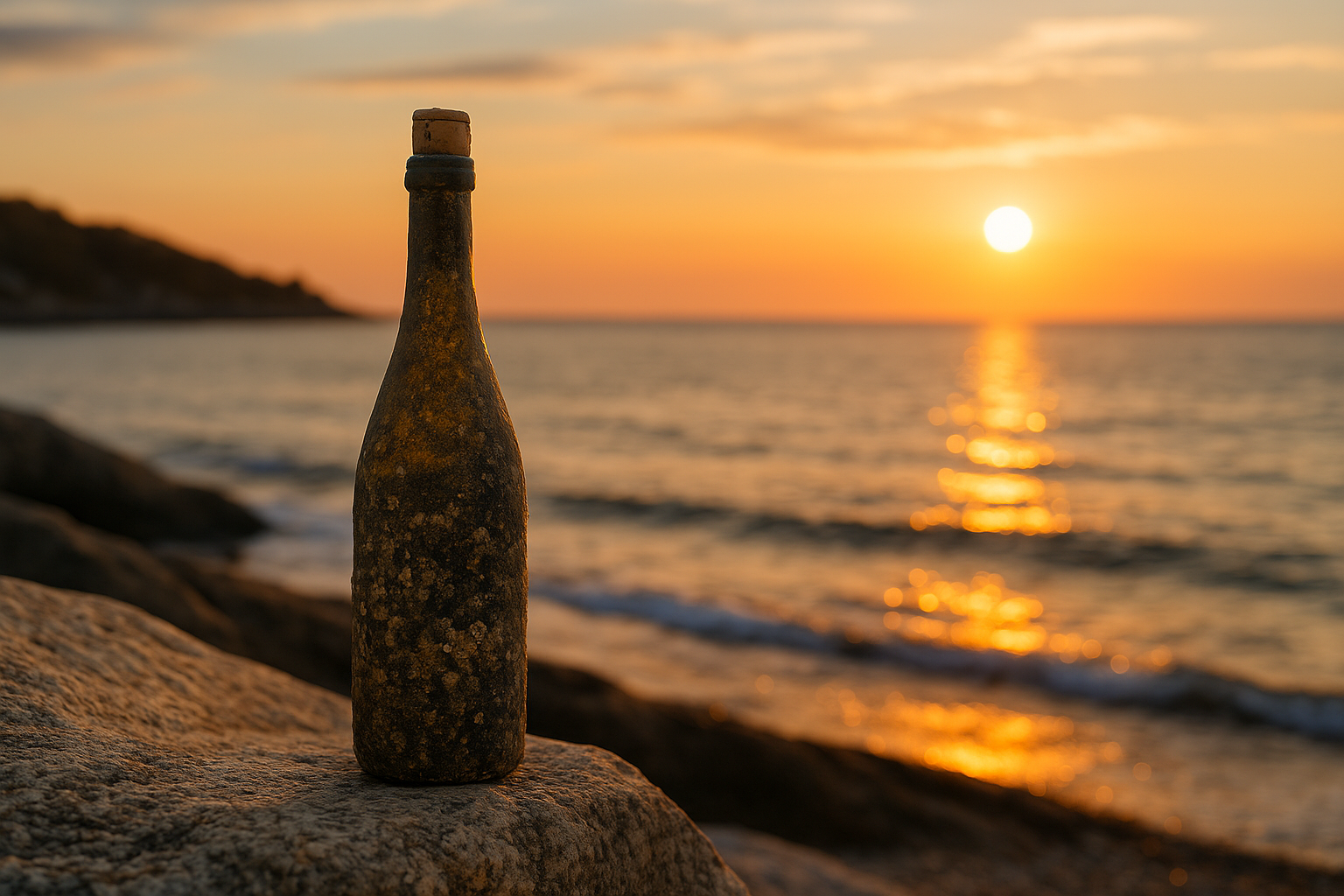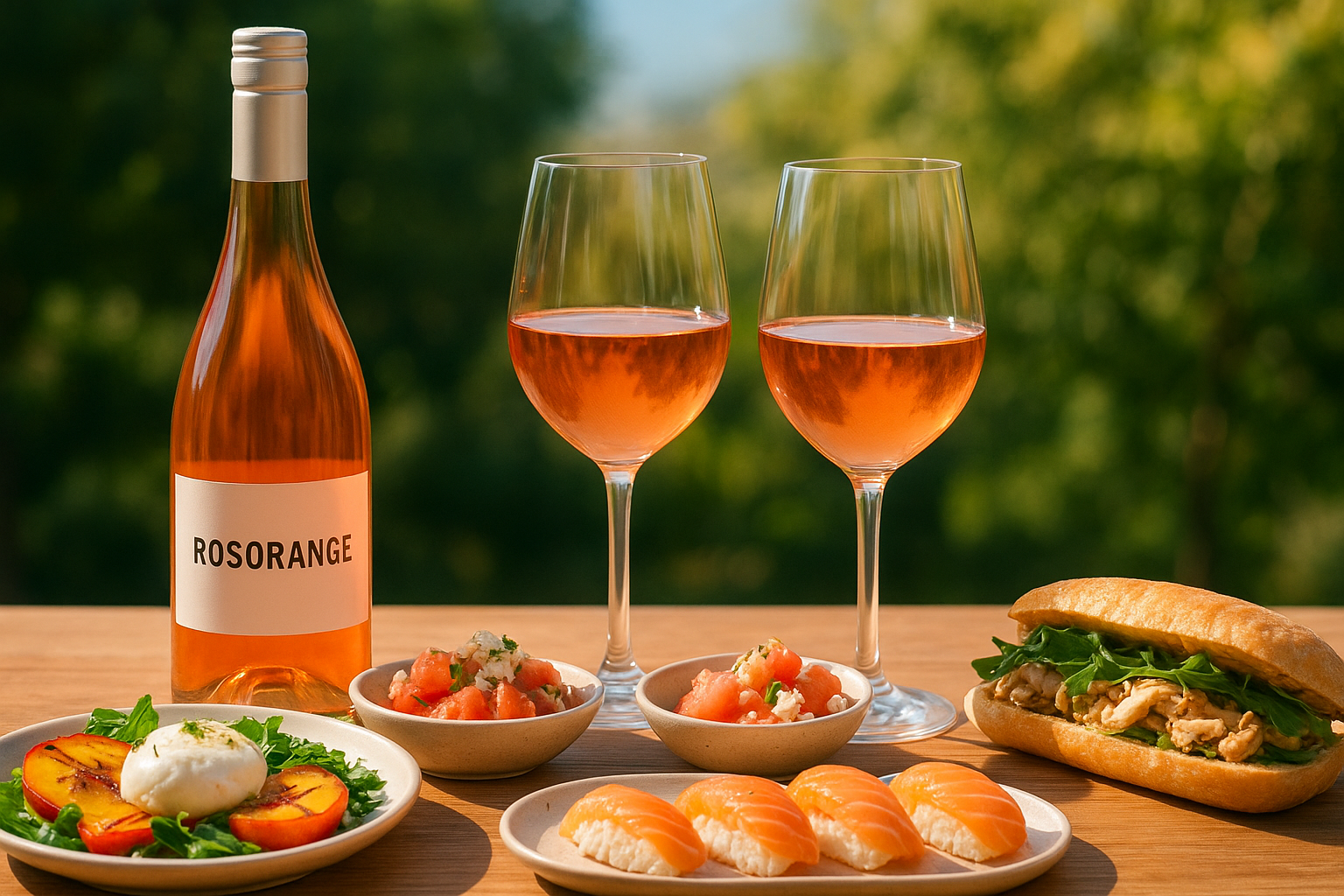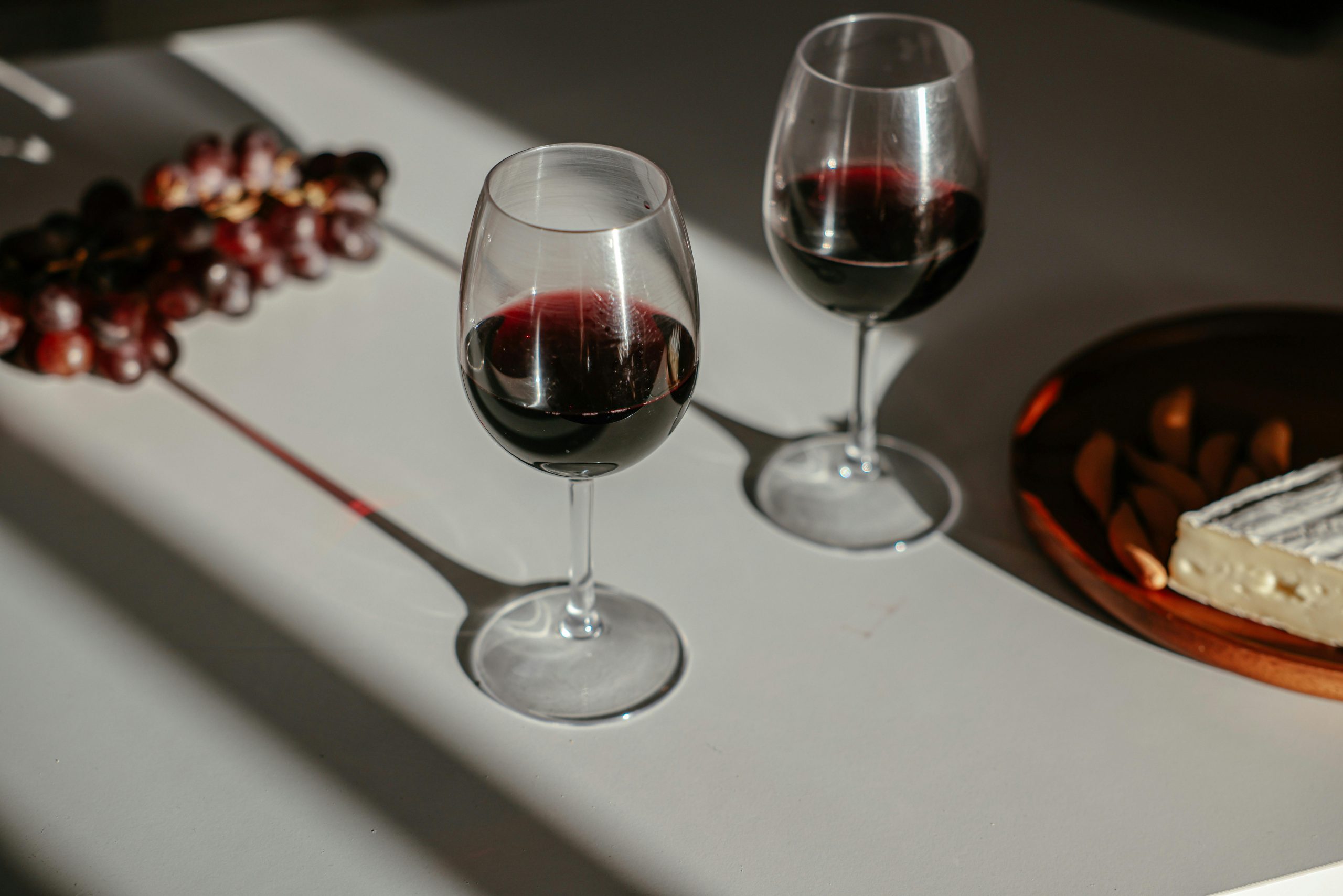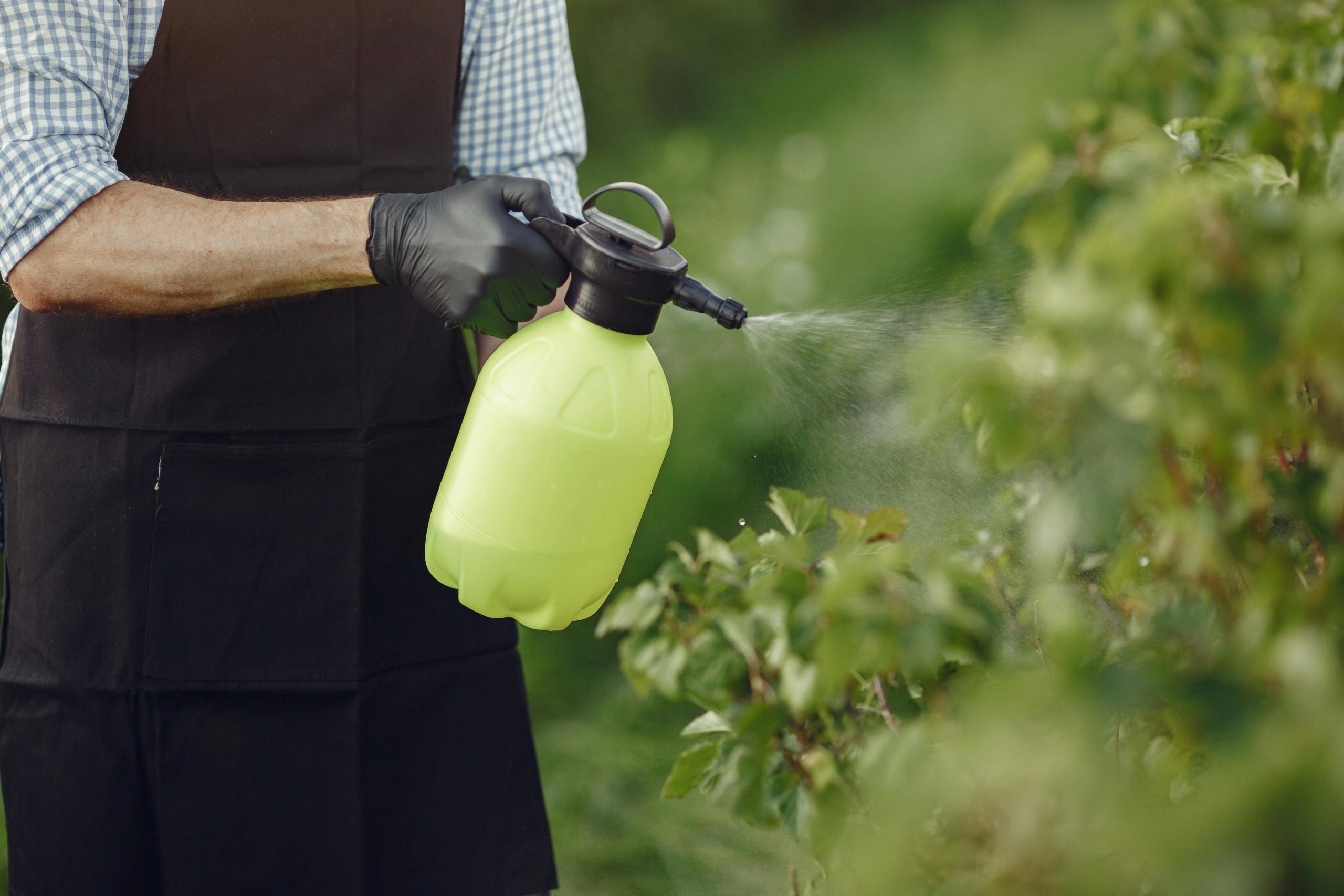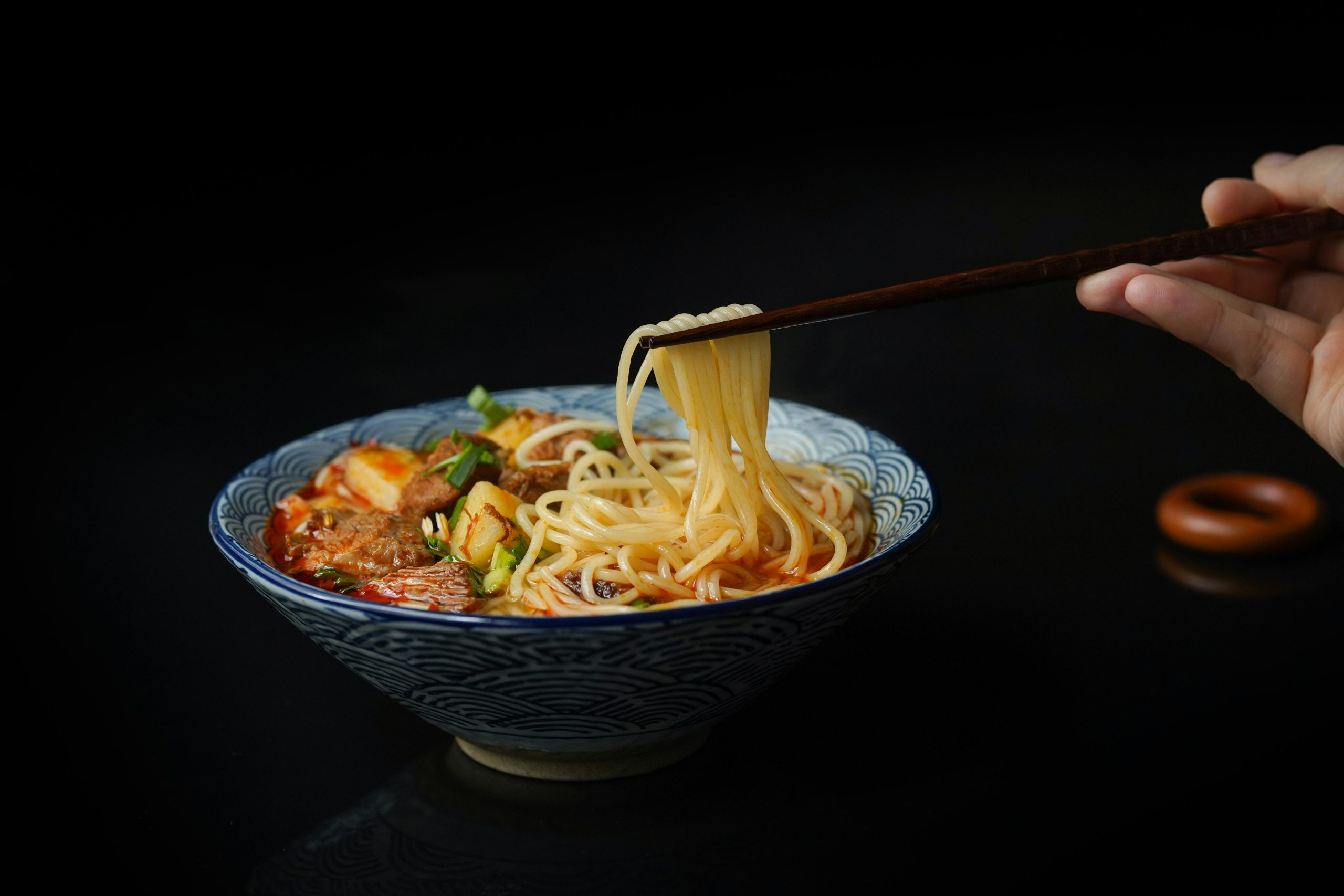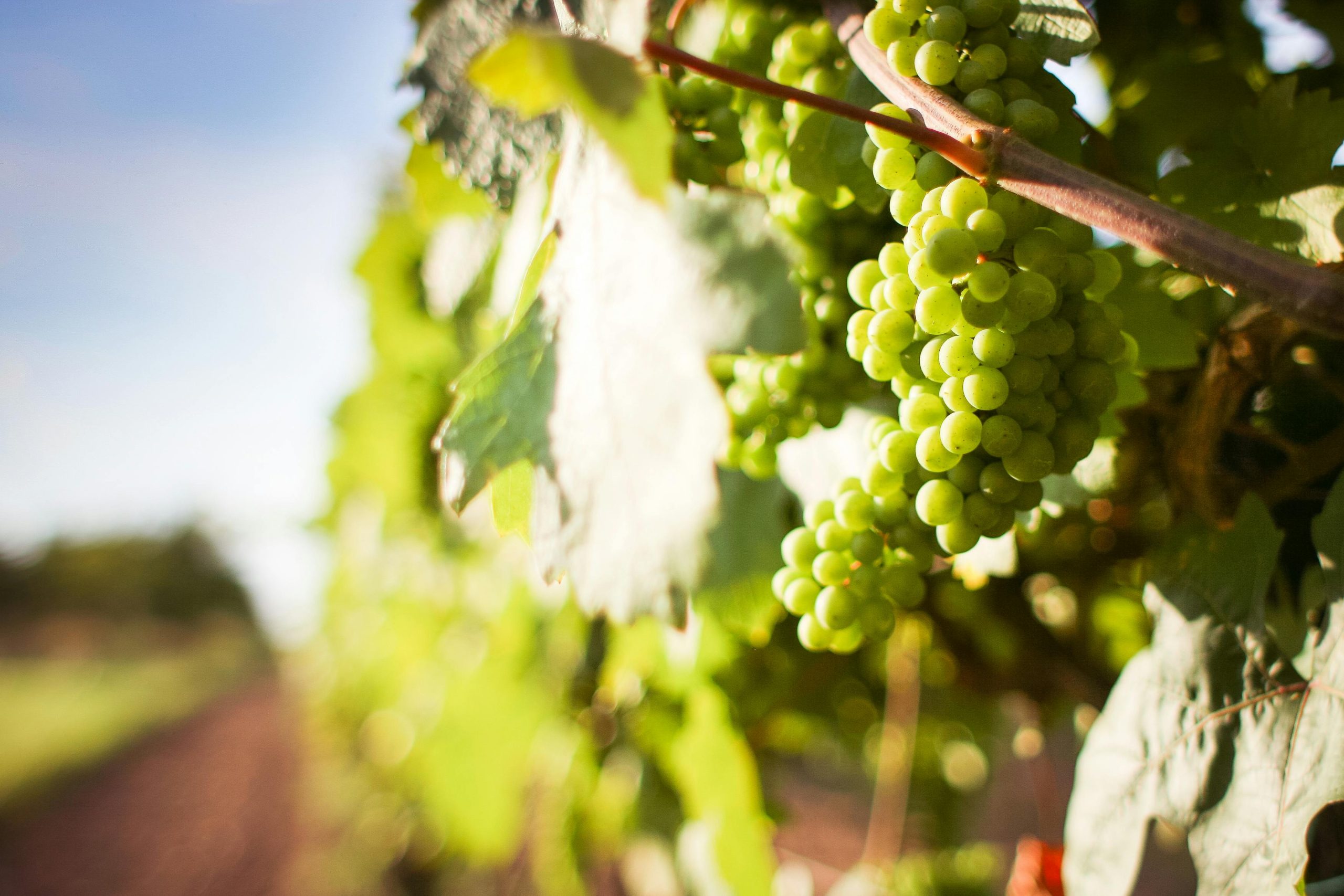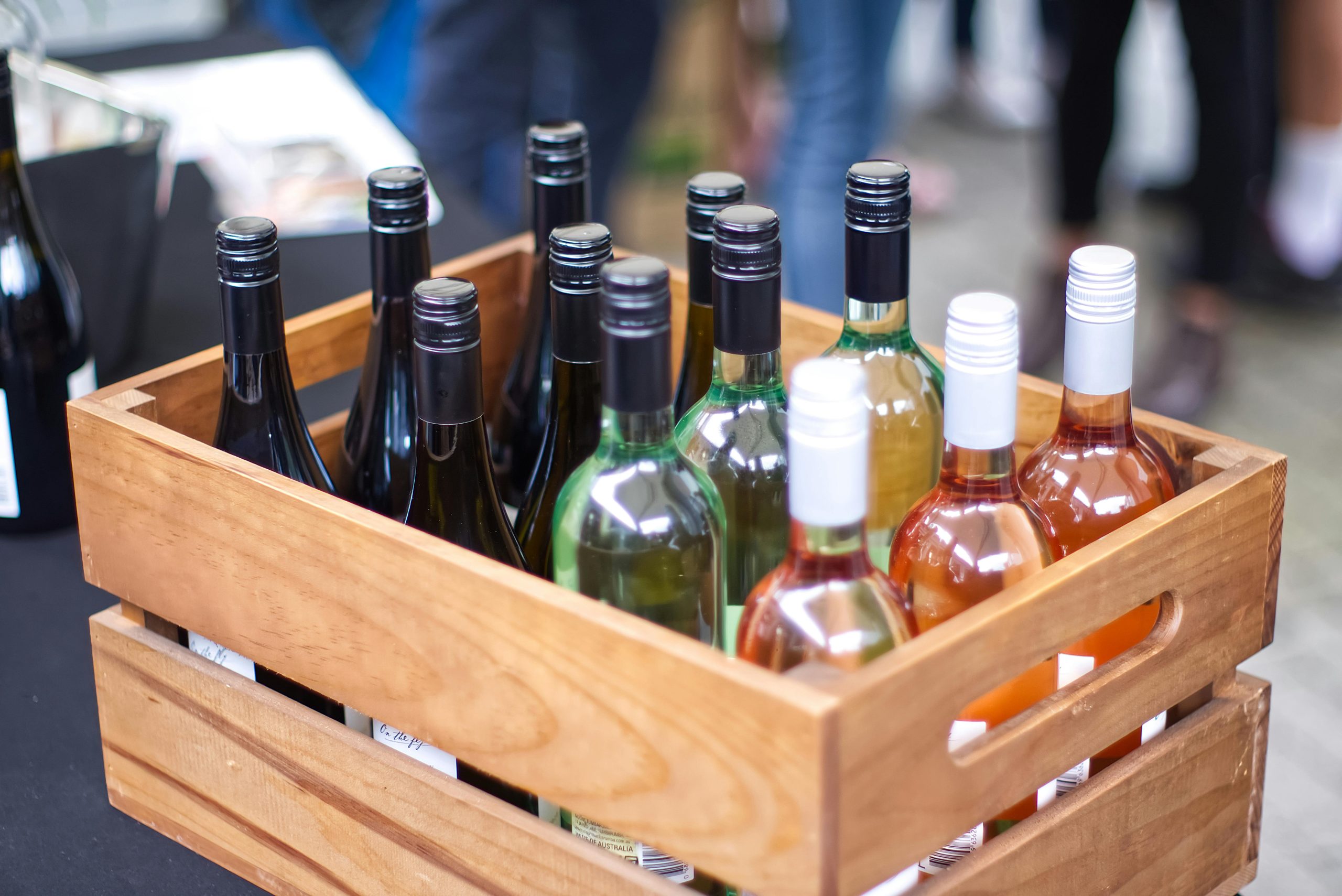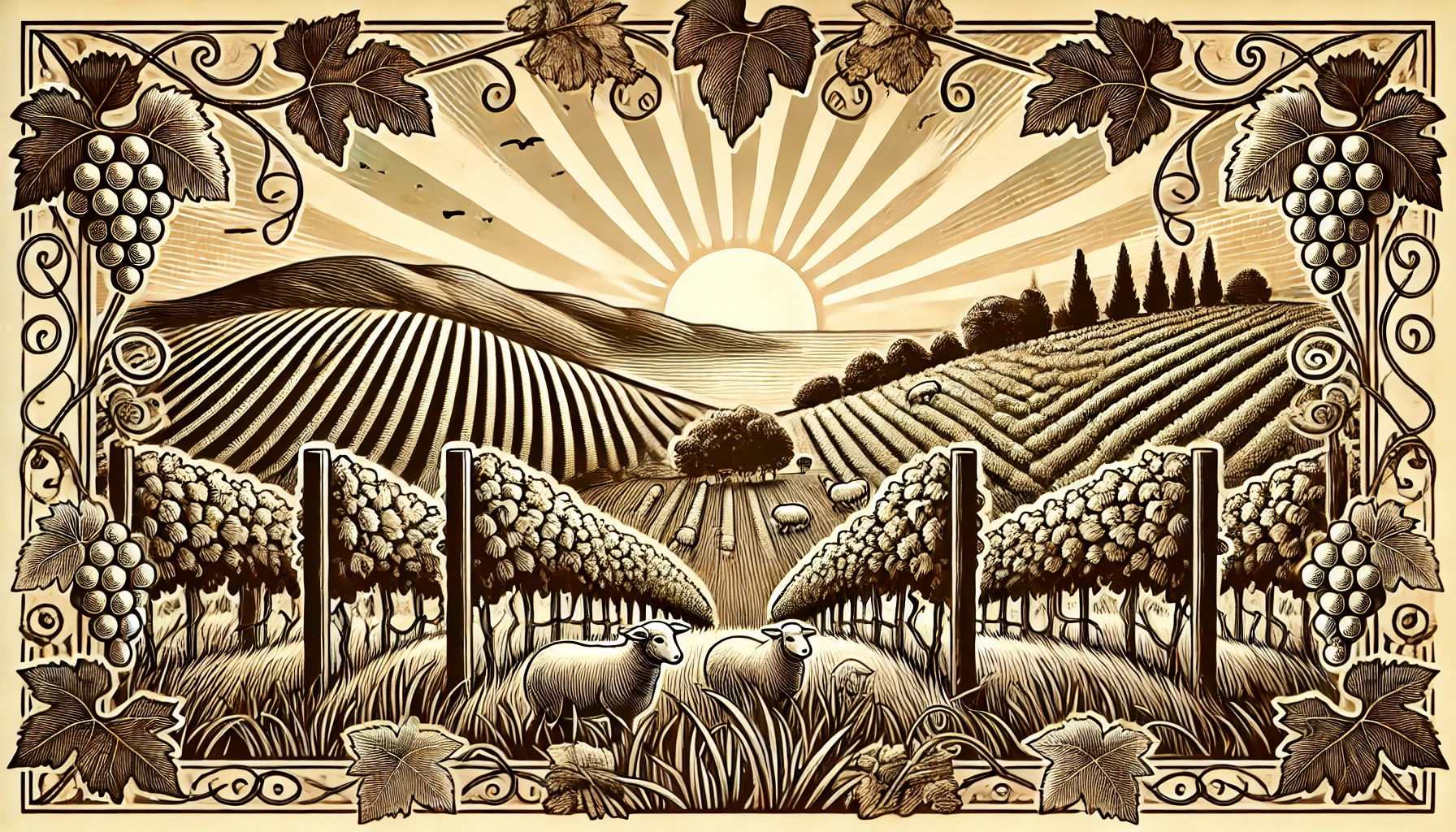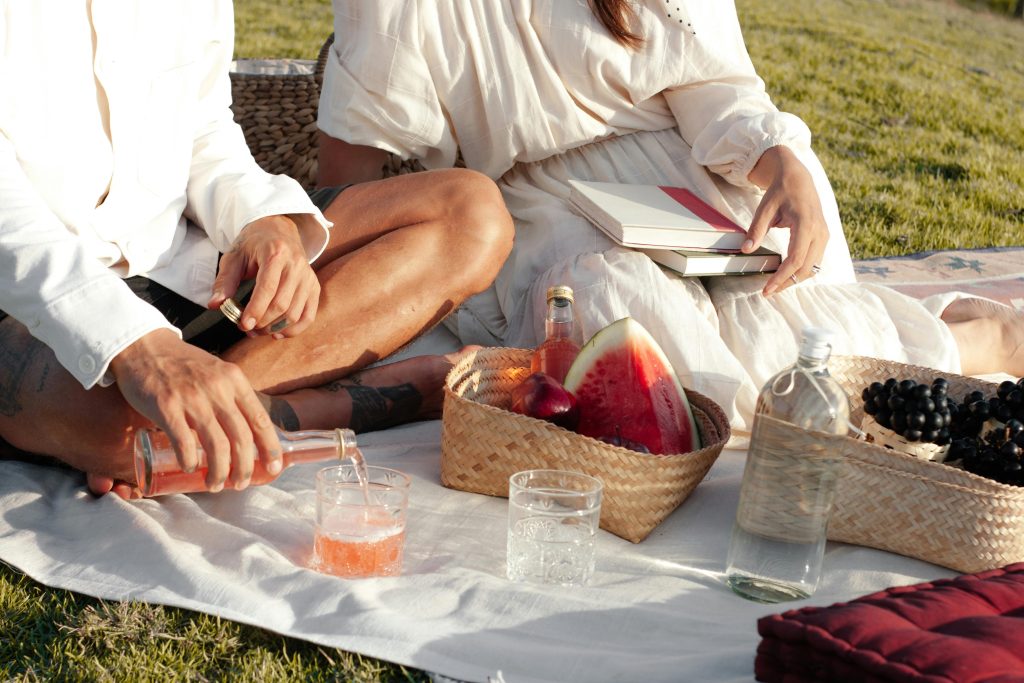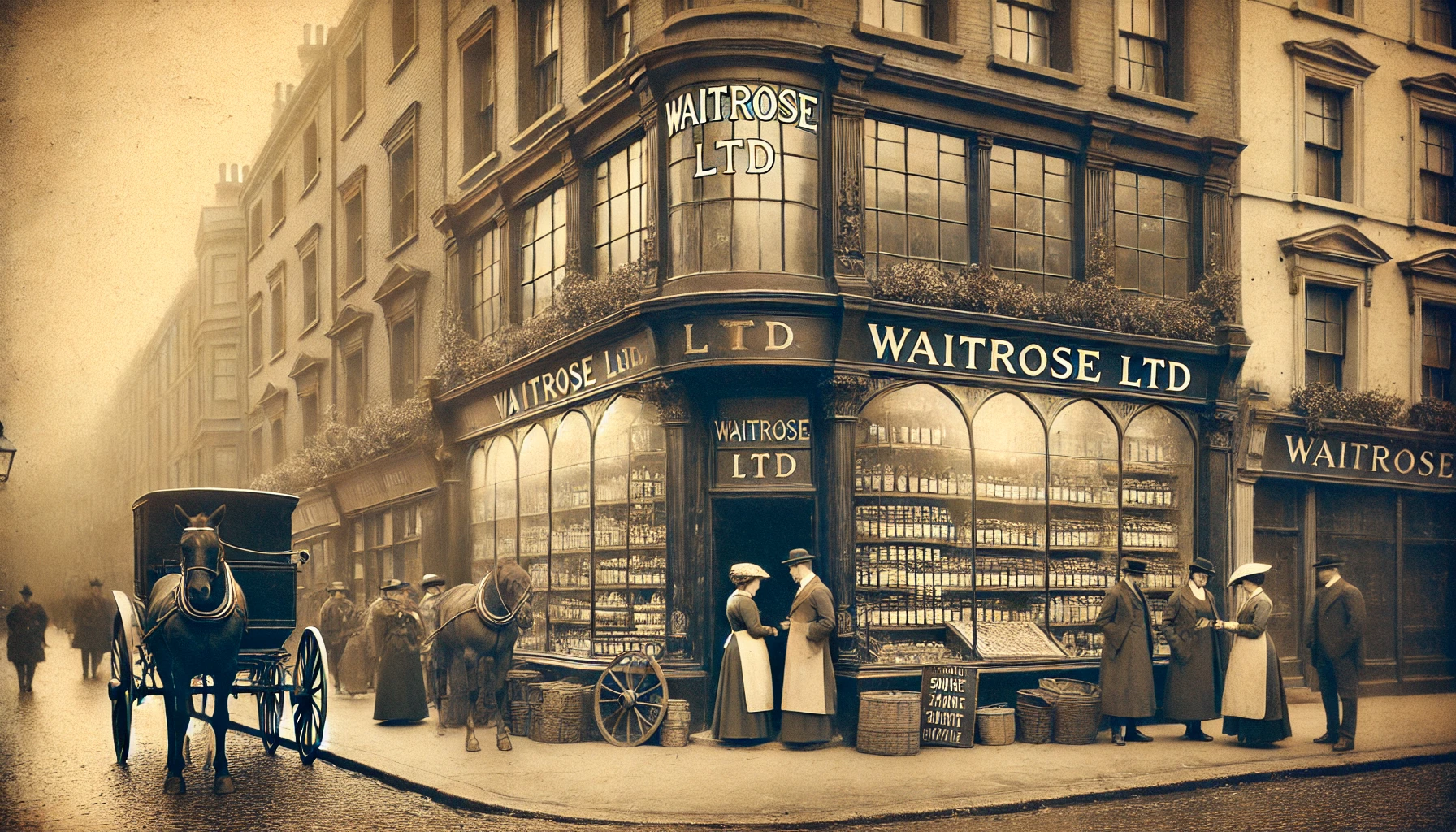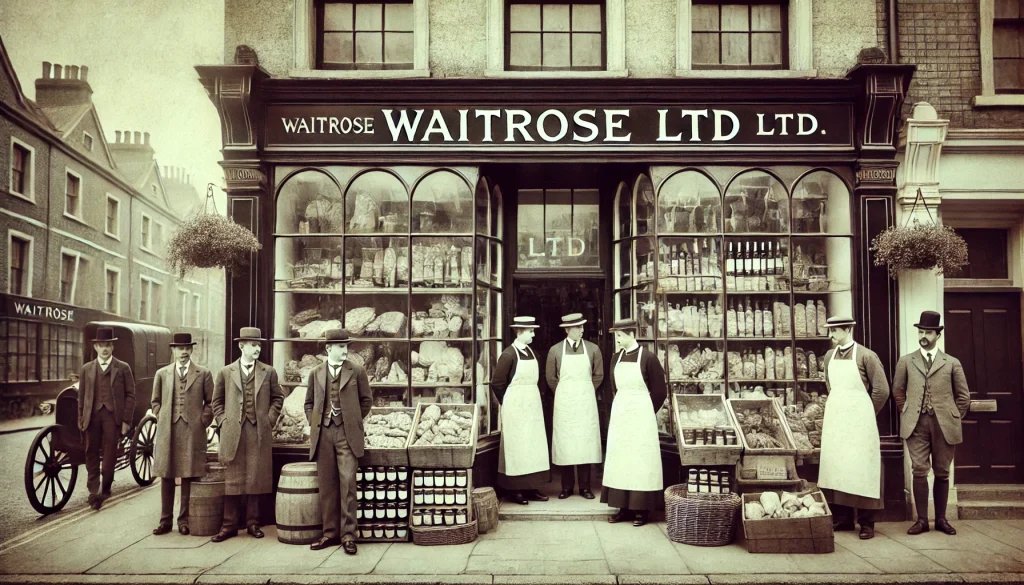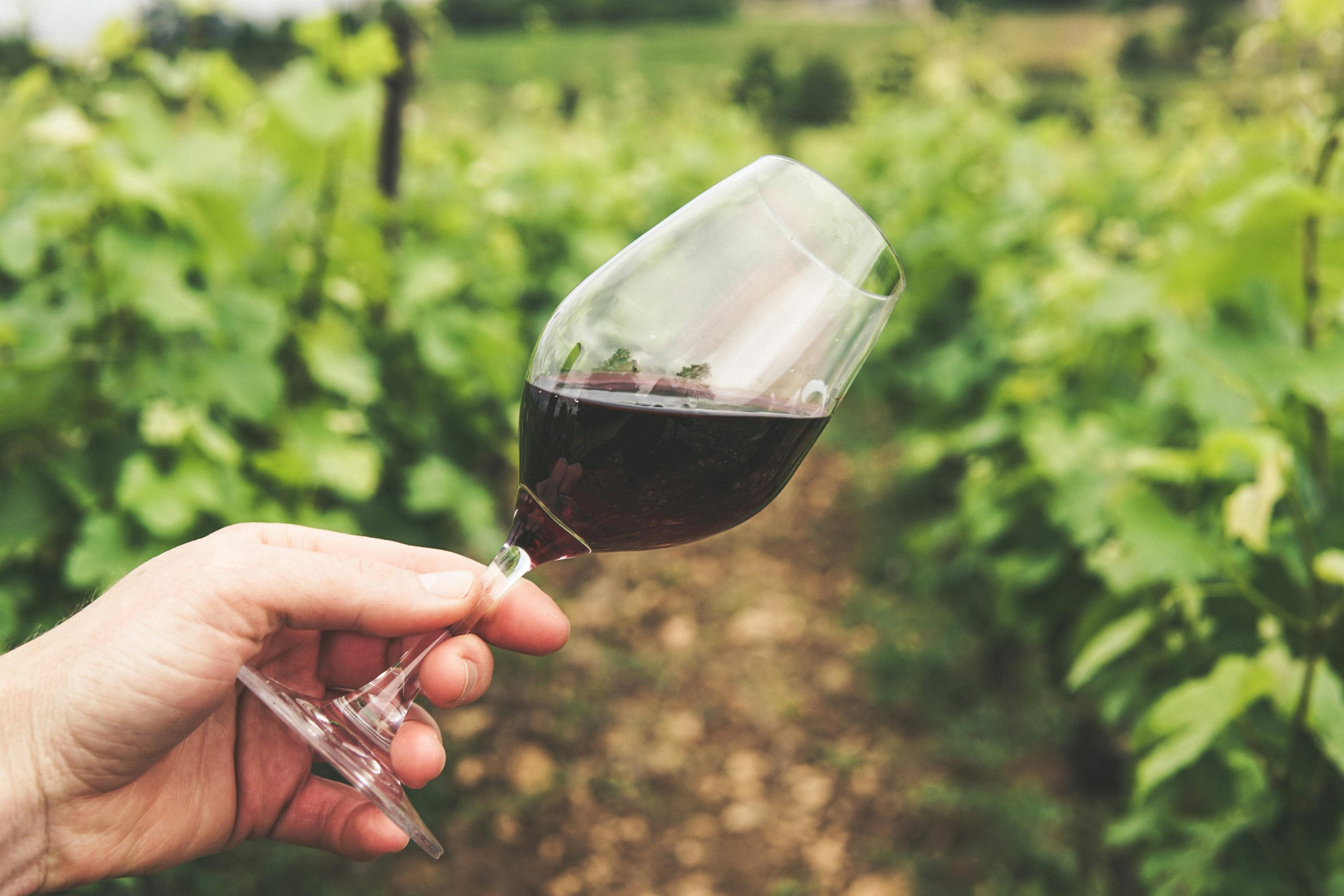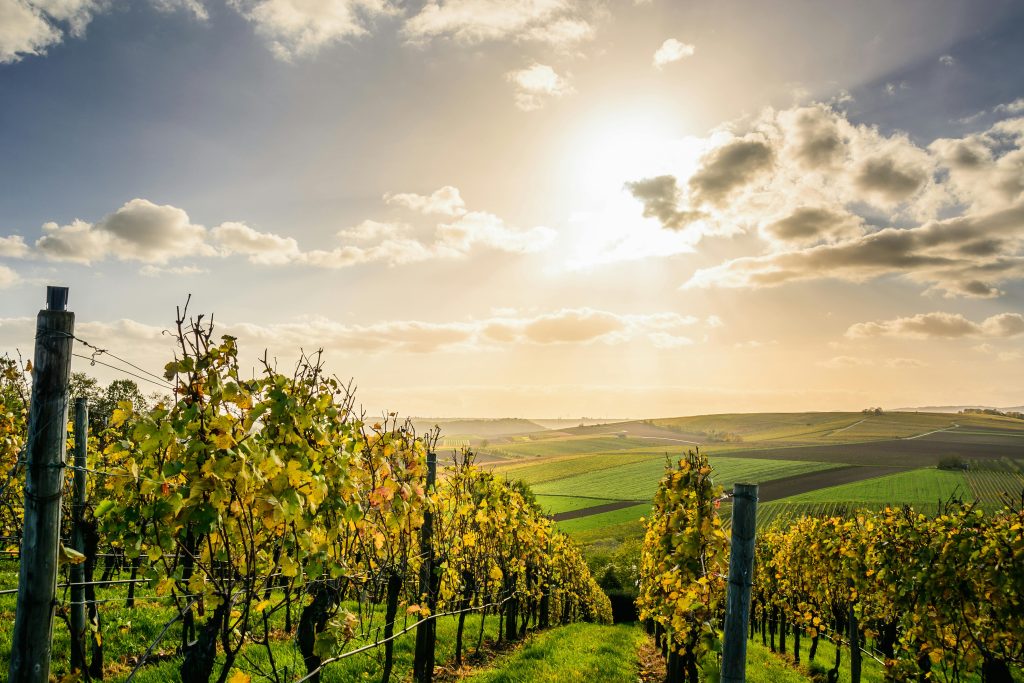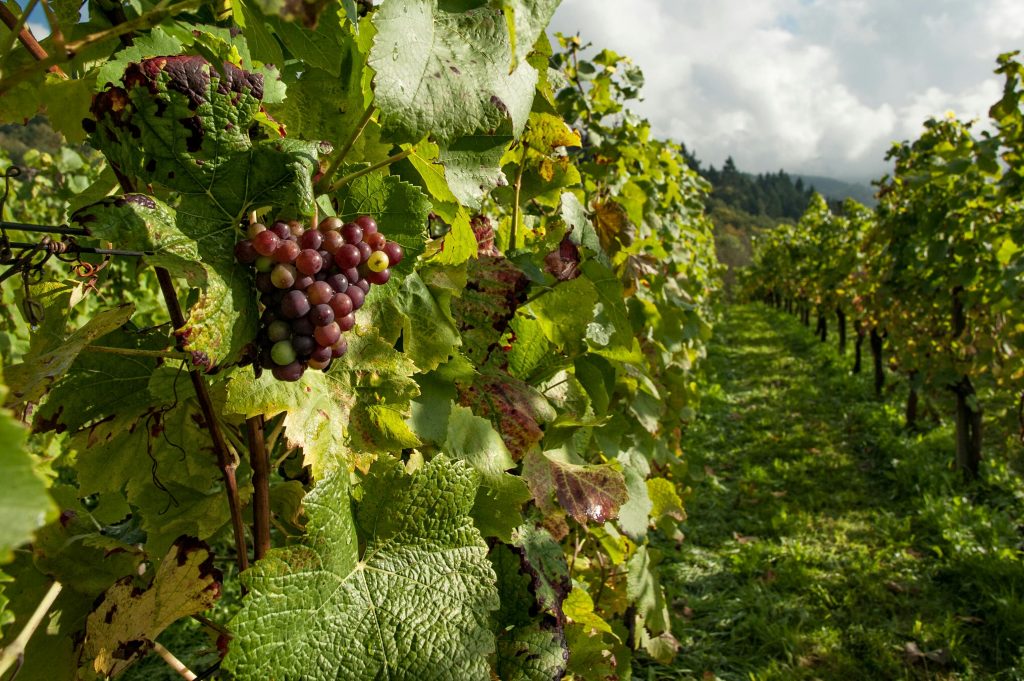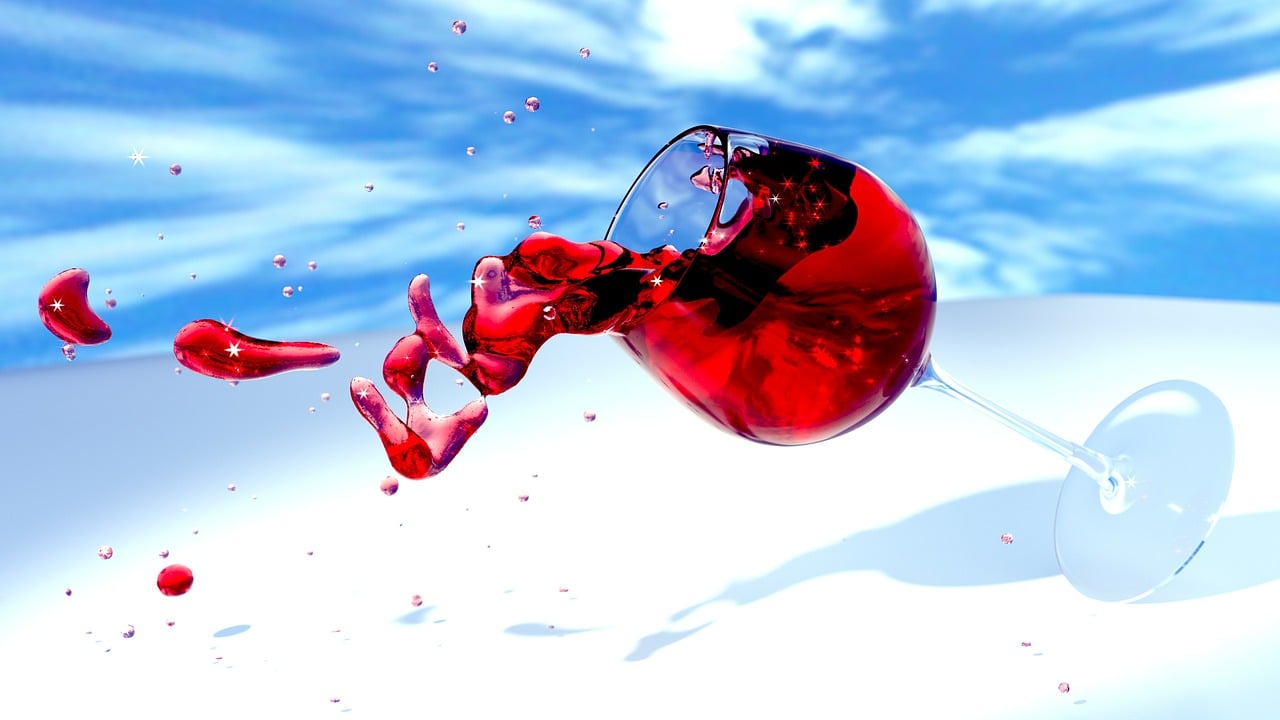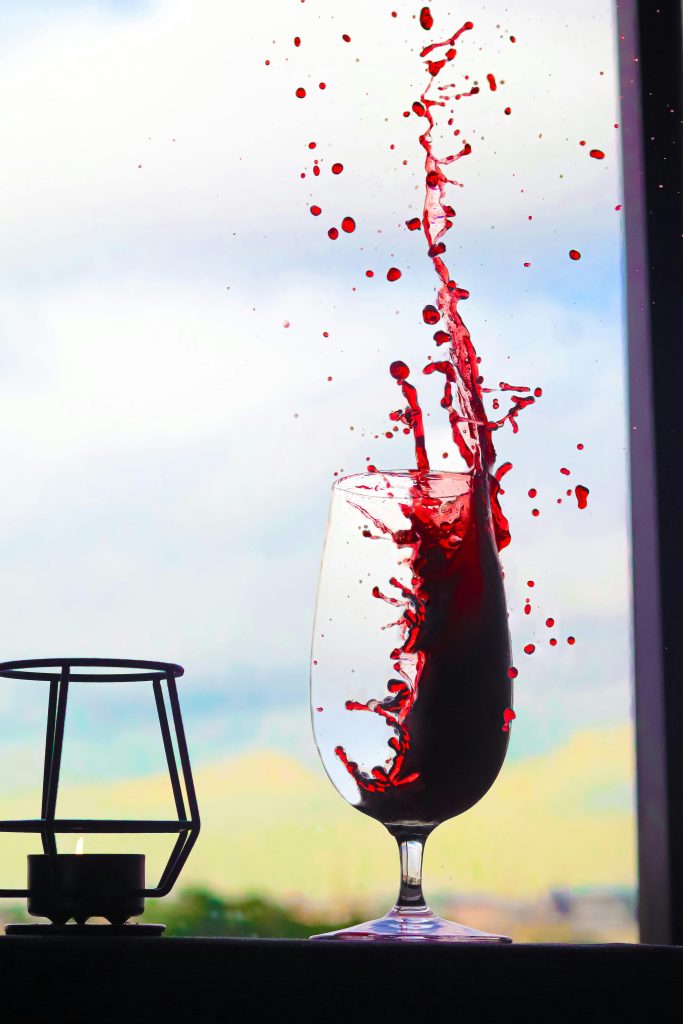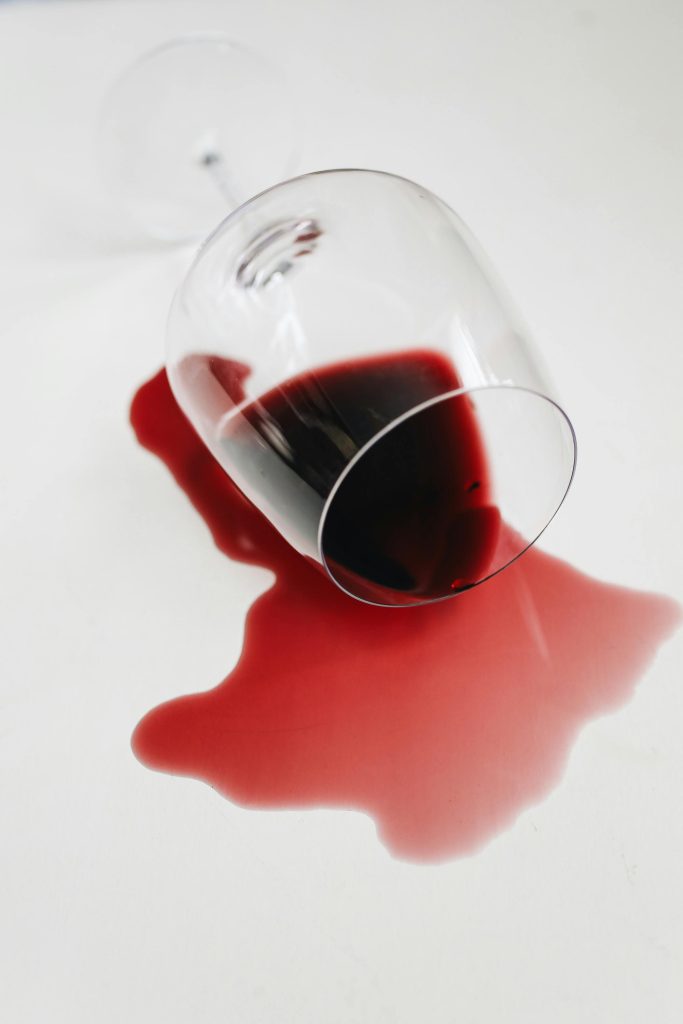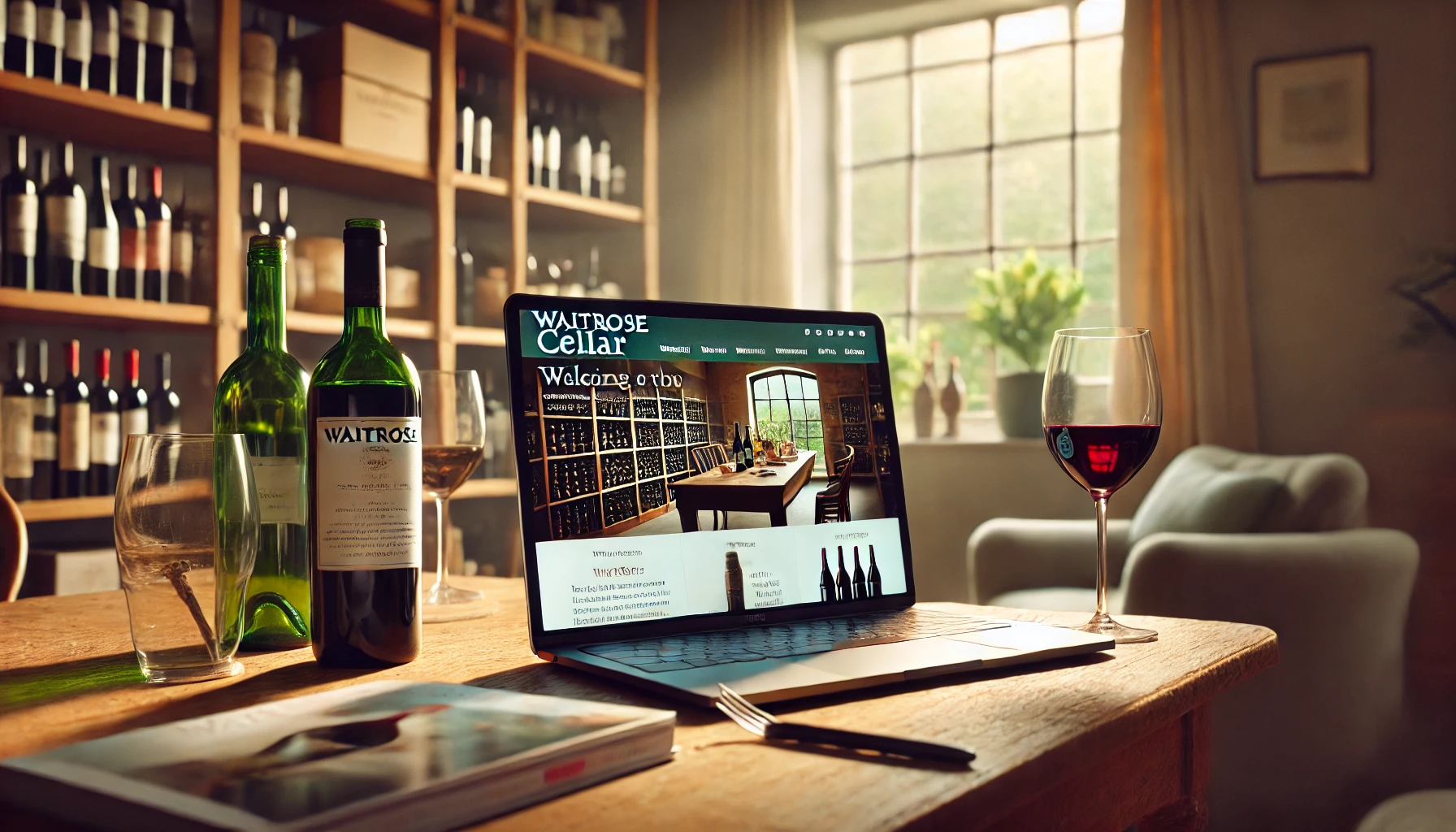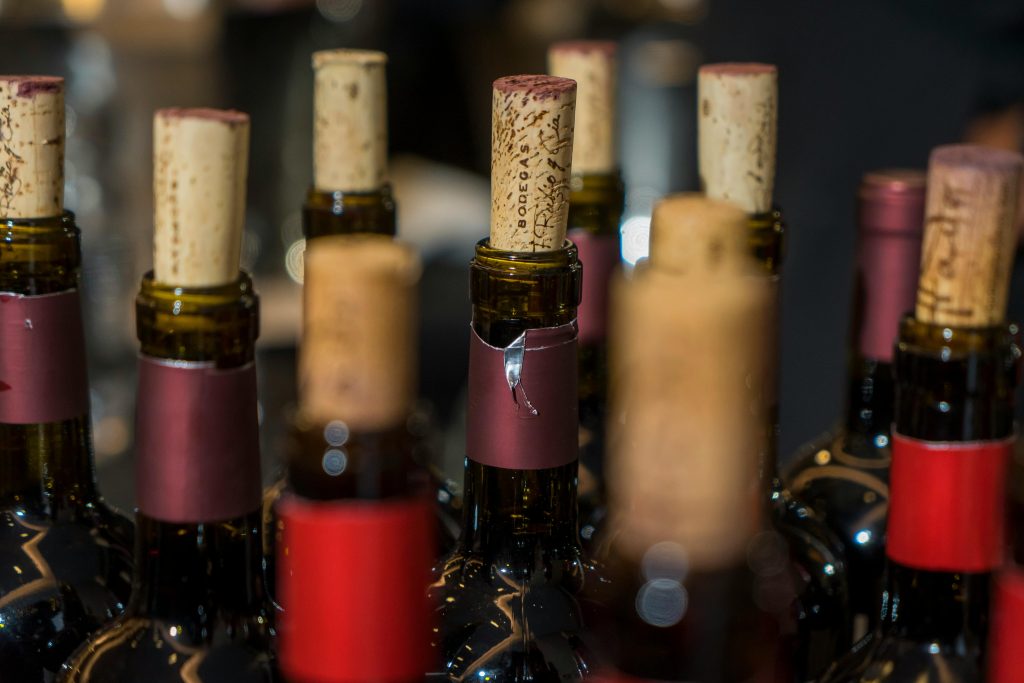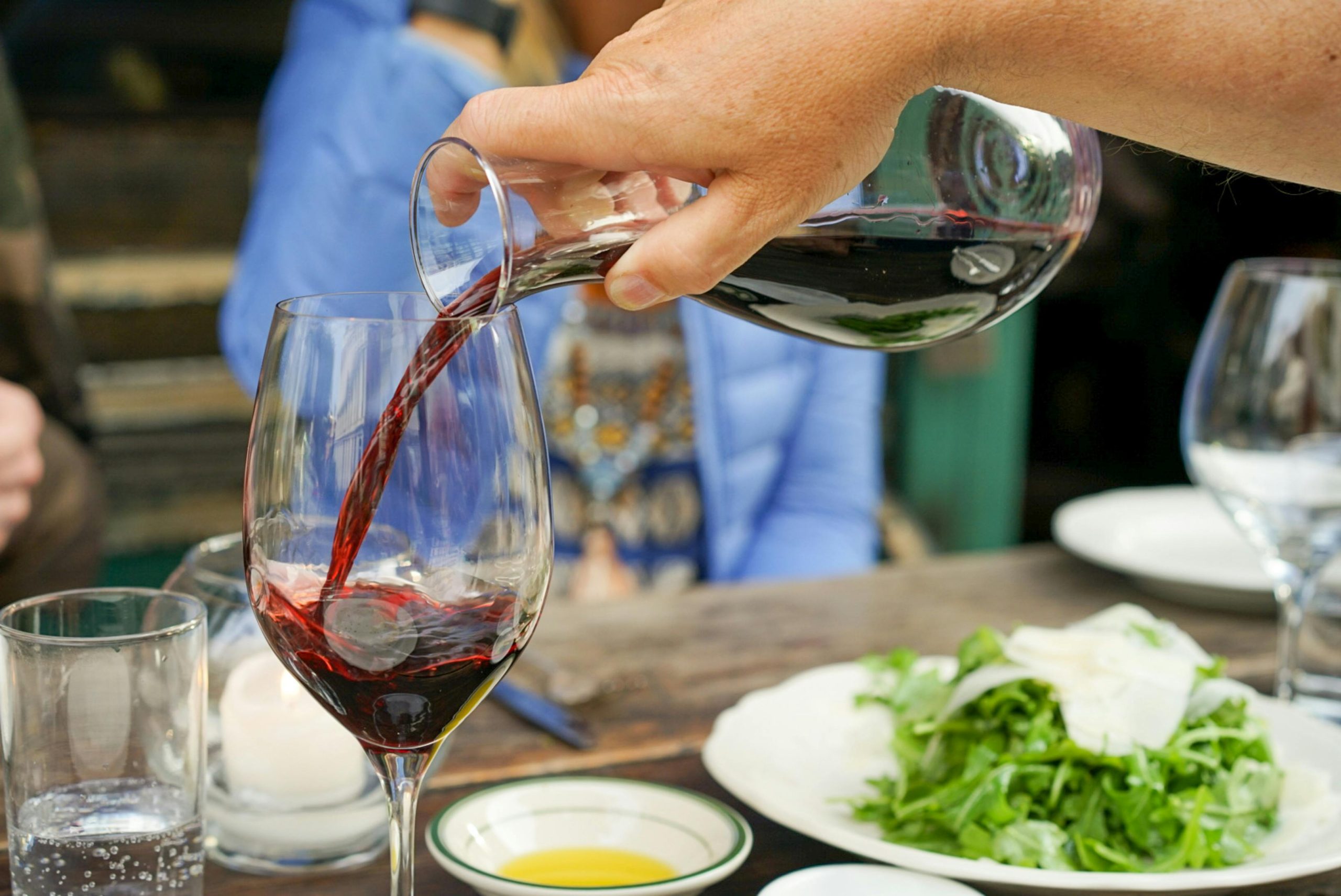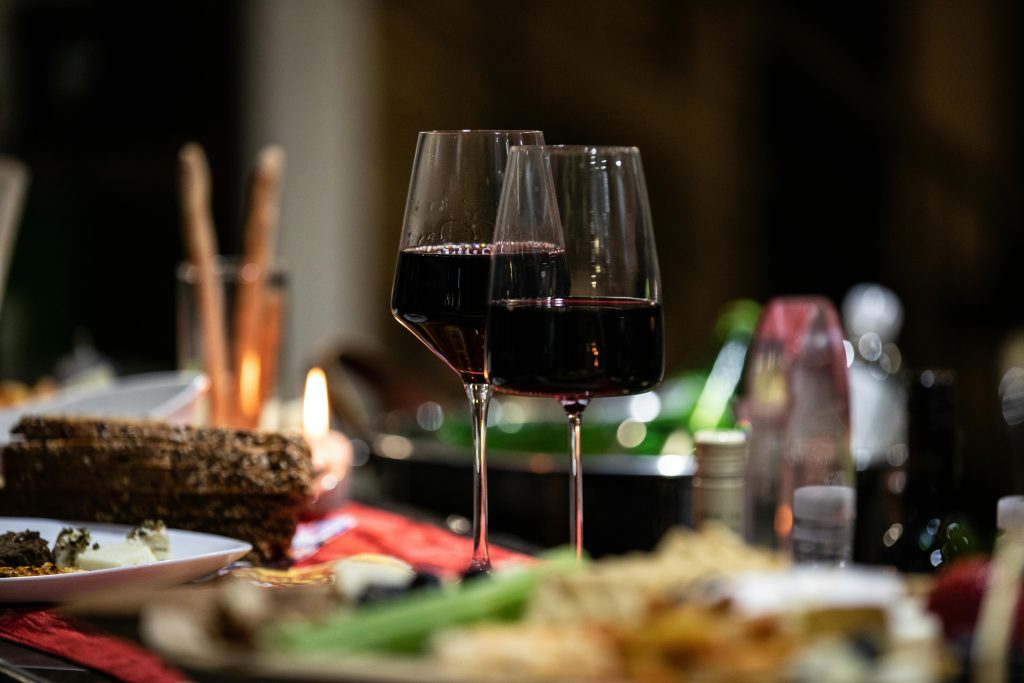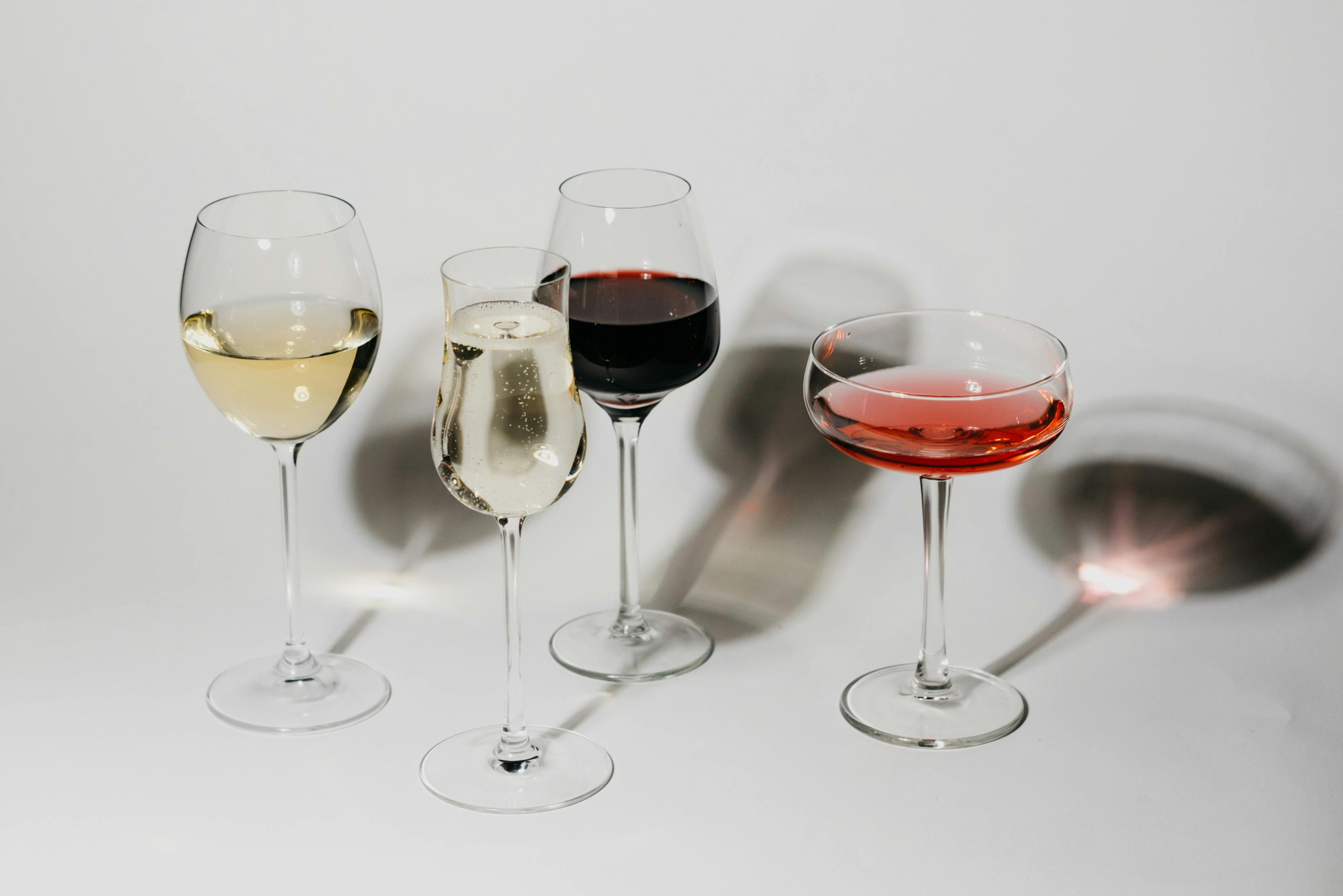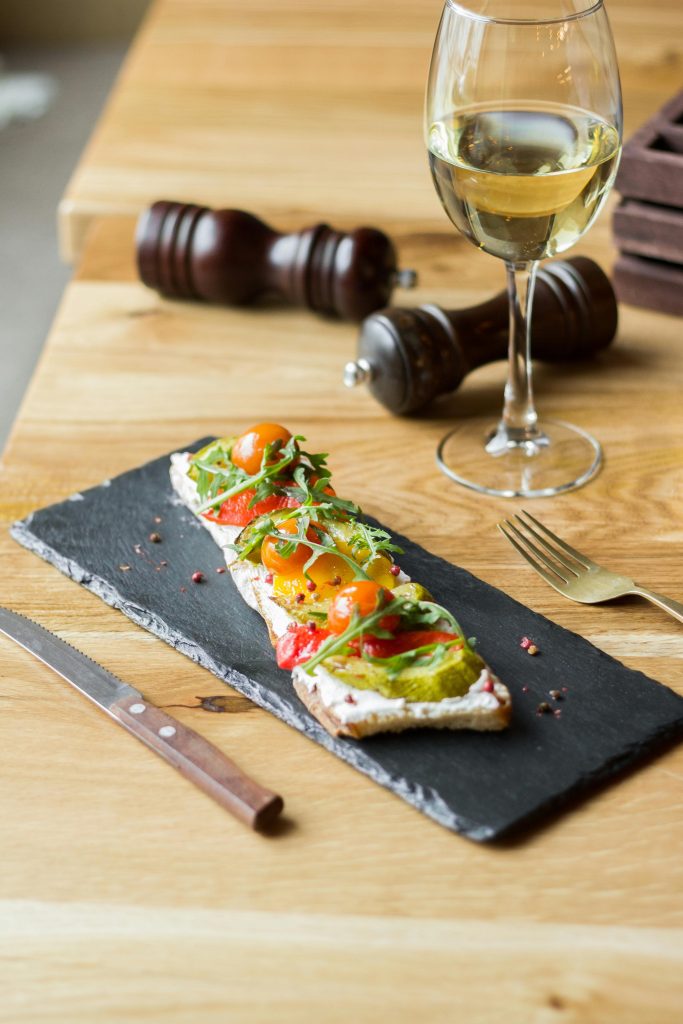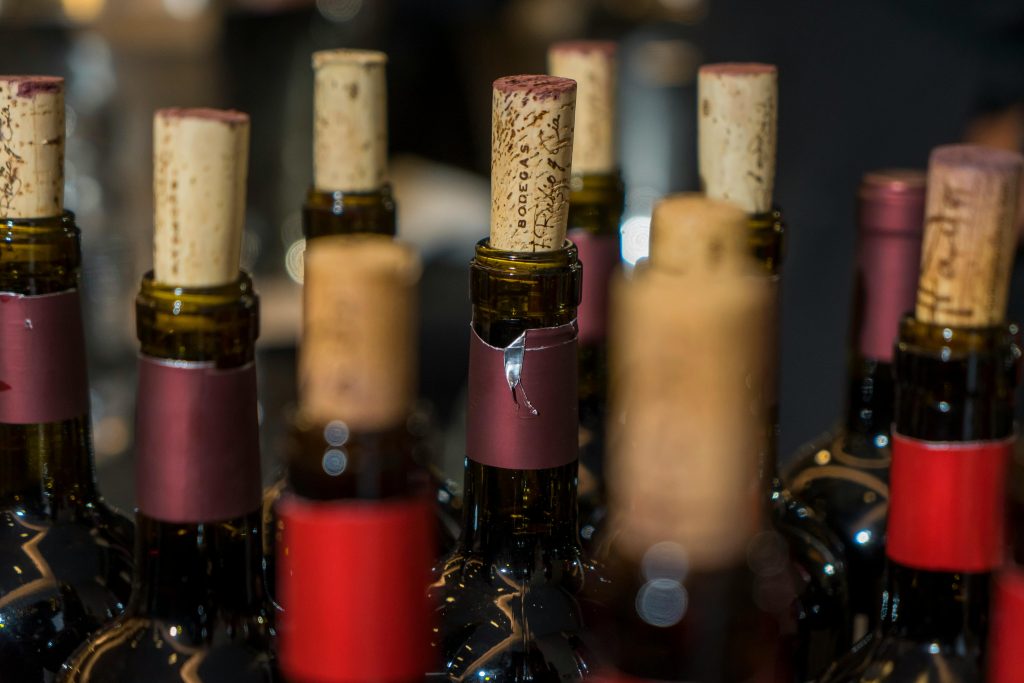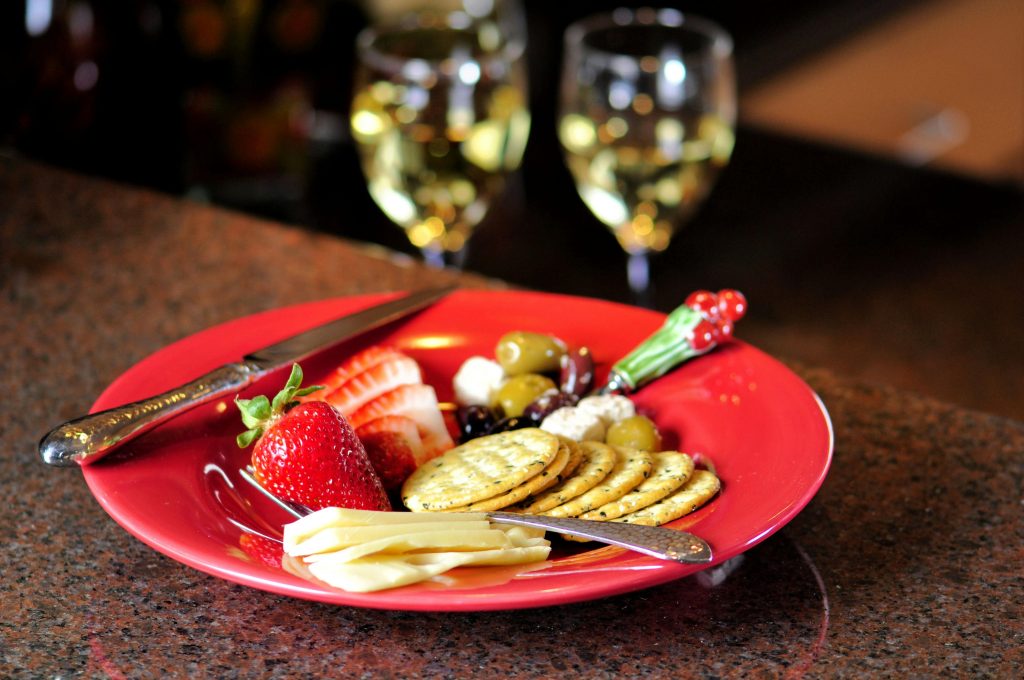The Science of Mulled Wine: How Heating and Spices Change the Flavor Profile
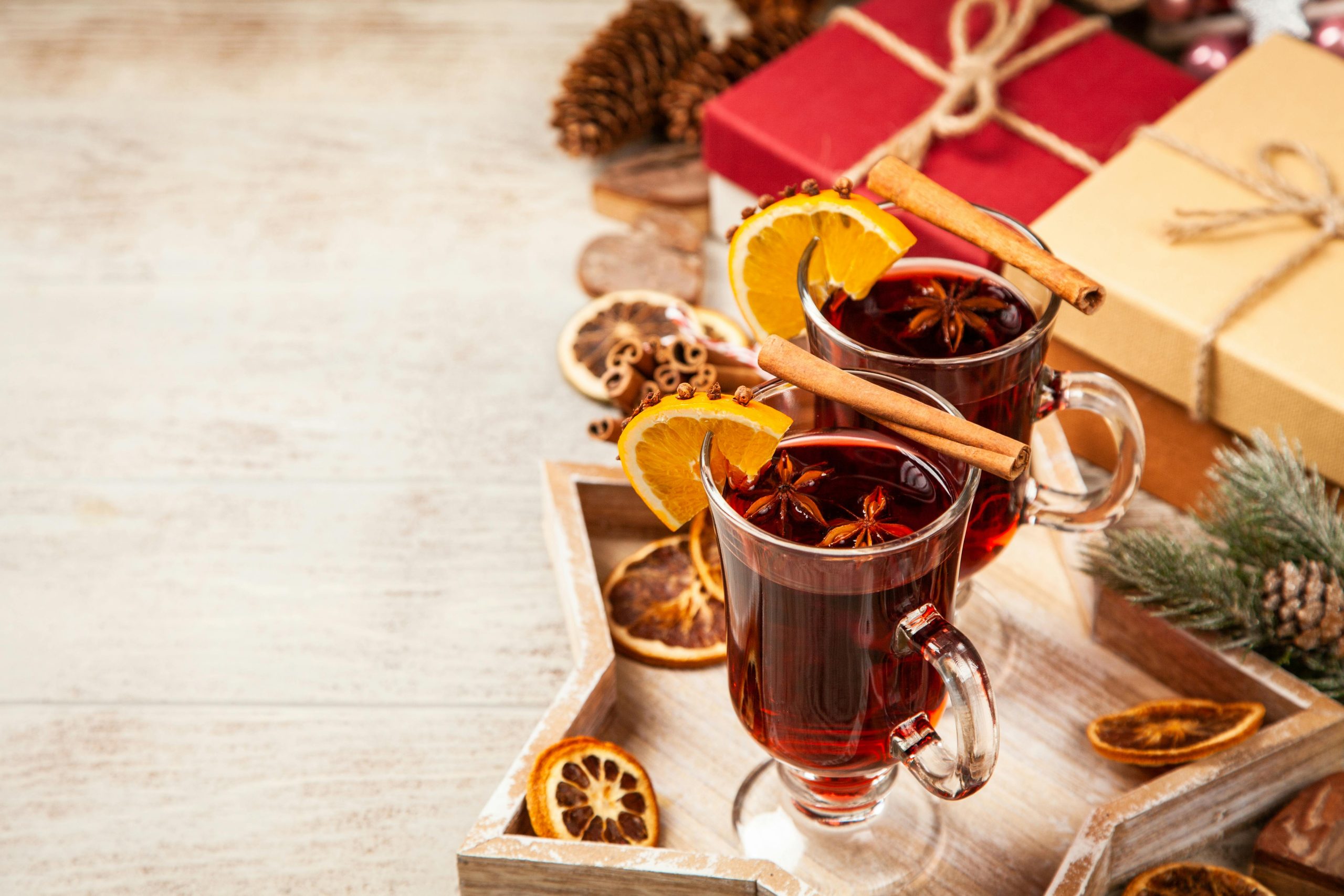
Science of Mulled Wine – there’s something magical about that first sip of mulled wine. The heat, the spices, the way it warms you from the inside out on a cold evening. It’s a winter tradition that goes way back, but have you ever stopped to think about how all that flavor comes together? Sure, you throw some spices in a pot with wine, heat it up, and voilà. But what’s actually happening behind the scenes? How does heating the wine change its flavor? And why don’t those spices taste the same if you just sprinkle them on cold wine?
Crawl under a nice, cozy blanket and let us explore how heat, alcohol, and spices join forces to create the delicious drink we all know and love.
The Basics: What is Mulled Wine?
Before we jump into the science of mulled wine, let’s lay the groundwork. Mulled wine is simply hot wine with spices and sometimes fruit, sugar, and other flavorings. In different countries, it goes by different names: “Glühwein” in Germany, “Vin Chaud” in France, and “Glogg” in Sweden. No matter what you call it, the heart of the drink is the same—wine, warmed up and spiced up.
But heating wine? Isn’t that a recipe for disaster? Actually, no. Surprisingly, heating wine, when done correctly, doesn’t spoil it. It brings out different flavors and aromas that you wouldn’t experience in cold wine. And those spices? They don’t just sit there—they mix with the wine in ways that are pure science magic.
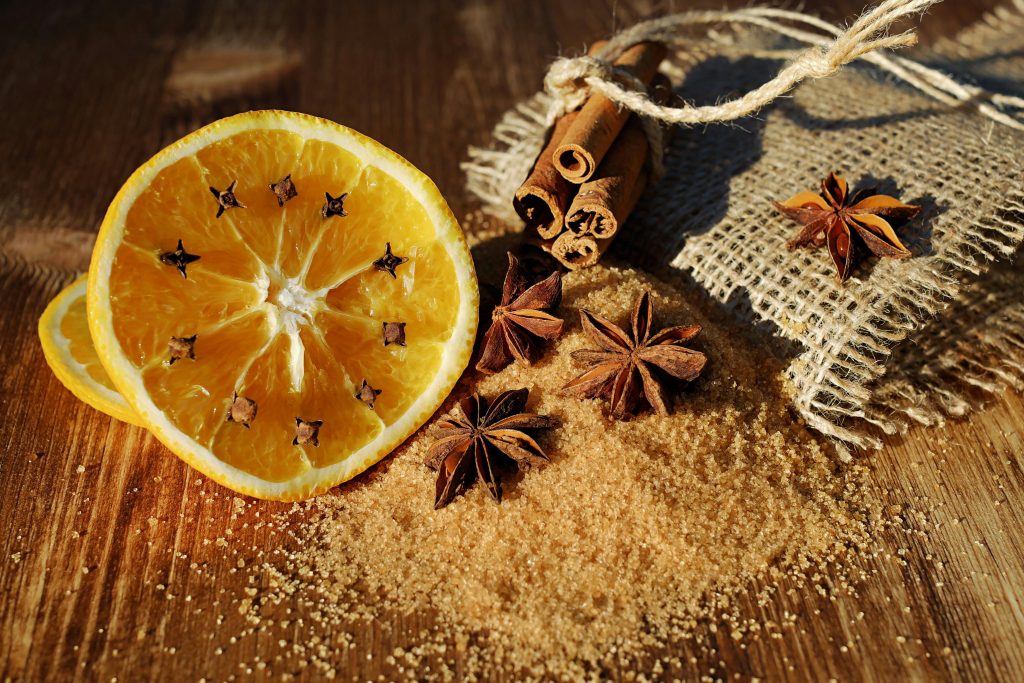
Heat and Alcohol: What Happens When You Warm Up Wine?
The idea of heating wine might seem odd at first. Most of us are used to sipping wine chilled or at room temperature, not hot. But when you heat wine, interesting things happen.
Alcohol Evaporation and Concentration of Flavors
Alcohol starts evaporating at around 78°C (172°F). When you heat wine for mulled wine, you’re warming it below this point, usually around 60-70°C (140-160°F). So yes, some alcohol will evaporate, but not enough to make your drink non-alcoholic. Instead, this slight evaporation actually works in your favor. As the alcohol molecules evaporate, they carry along with them the volatile compounds responsible for the wine’s aroma.
In a way, the heating process “opens up” the wine, allowing the more delicate aromas to escape. These aromas might otherwise stay locked in the wine if it were served cold. The warm air carries those smells straight to your nose, enhancing your sensory experience. You’re not just tasting the wine—you’re smelling it, too, and that’s a big part of why mulled wine feels so comforting.
Sweetness and Acidity
When wine heats up, it also becomes more balanced in flavor. The acidity in wine can sometimes be sharp when served cold, but warming it softens the acidic edge. On top of that, heat helps sugars dissolve more thoroughly, which is why many mulled wine recipes include added sugar or honey. These sugars, when heated, not only mix better into the wine but also caramelize slightly, creating a richer, fuller flavor.
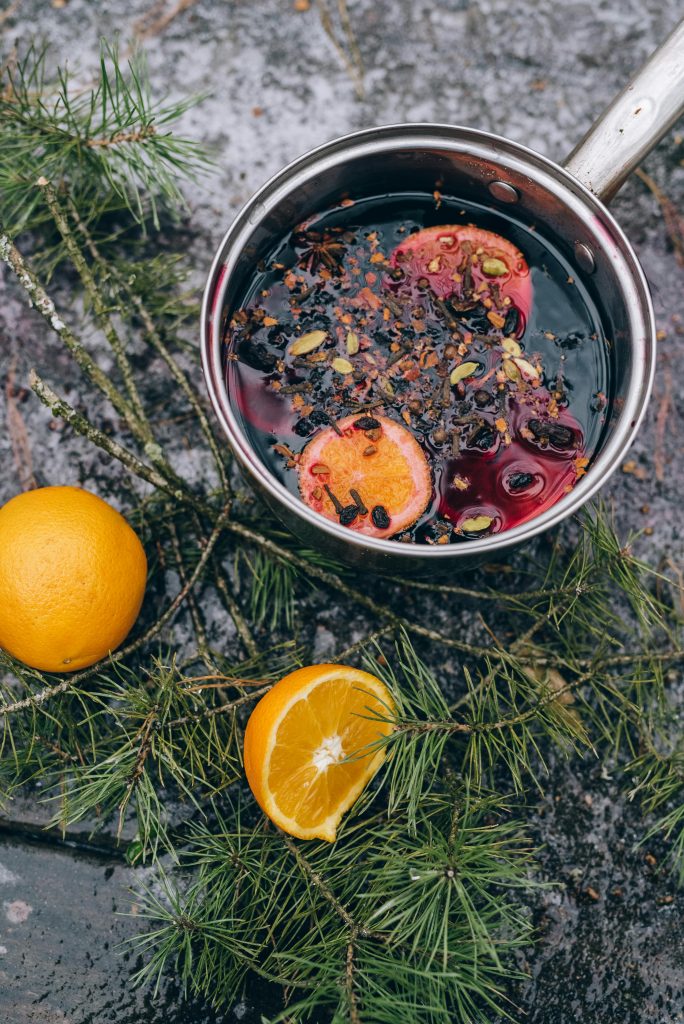
The Role of Spices: More Than Just a Flavor Boost
Now that the wine is warm, it’s time to toss in the spices. This is where things get really interesting.
Spices are like mini flavor bombs, packed with compounds that react to heat in all kinds of fascinating ways. Here’s how a few of the most common mulled wine spices behave when they hit that warm liquid.
Cinnamon: The Sweet, Woody Backbone
Cinnamon is one of the stars of mulled wine. It’s not just there for its flavor—it’s also a powerhouse when it comes to aroma. Cinnamon contains a compound called cinnamaldehyde. When you heat cinnamon, the cinnamaldehyde molecules become more volatile, meaning they more easily float into the air, and your nose picks them up. That’s why the smell of cinnamon fills the room when you simmer a pot of mulled wine.
But there’s more to cinnamon than smell. The heat also breaks down some of the harder, woody components of cinnamon, allowing the more delicate, sweet flavors to infuse into the wine. That’s why cinnamon sticks work better than ground cinnamon in mulled wine—ground cinnamon can become bitter when heated for too long, while the sticks release their flavor slowly and steadily.
Cloves: The Pungent Kick
Cloves are tiny but mighty. They bring a strong, spicy, almost numbing flavor to mulled wine. This comes from eugenol, the main compound in cloves. When you heat cloves, the eugenol is released into the wine, and a little goes a long way. Cloves are potent, so they’re often used sparingly. The heat helps soften their intensity, blending their sharp flavor with the sweetness of the wine and the warmth of other spices like cinnamon and star anise.
Star Anise: Sweet, Licorice-Like Balance
Star anise adds a touch of sweetness and a licorice-like flavor. When heated, it releases anethole, the compound that gives it that signature licorice taste. Like cloves, star anise can be overpowering if you use too much, but just a couple of pods are enough to add a sweet, almost floral note that balances out the more intense spices.
Orange and Citrus Peels: Freshness in a Cup
You’ve probably seen recipes for mulled wine that call for slices of orange or lemon peel. There’s a good reason for that. The peel of citrus fruits contains oils that are packed with flavor. When you heat citrus peels, these oils are released into the wine, adding a fresh, zesty note that brightens up the drink. Without the citrus, mulled wine could feel a little too heavy or sweet, but that citrusy kick keeps things balanced.
Other Spices: Experiment and Explore
While cinnamon, cloves, and star anise are the usual suspects, don’t be afraid to experiment with other spices. Nutmeg, cardamom, and even ginger can bring new dimensions to your mulled wine. Each spice interacts with heat in its own way, releasing oils, altering aromas, and creating a symphony of flavors.
Tannins and Wine Structure: How Heat Transforms the Wine Itself
Wine is more than just alcohol and flavor—it has structure. This structure comes from tannins, the compounds in wine that give it body and texture. Red wines are higher in tannins than white wines, which is why red wine is typically the first choice for mulled wine.
Breaking Down Tannins
When you heat wine, the tannins soften. Tannins can be a bit astringent when you drink cold red wine, but heating them makes them more mellow. This is why mulled wine feels smoother and less harsh on the palate than a regular glass of red. The softening of tannins, combined with the sweetening effect of the added sugar, creates a well-rounded drink.
The fruitier the wine, the better it will stand up to the heat. Wines with strong berry or plum flavors, like Merlot or Zinfandel, work well for mulled wine because their natural fruitiness comes through even after heating.
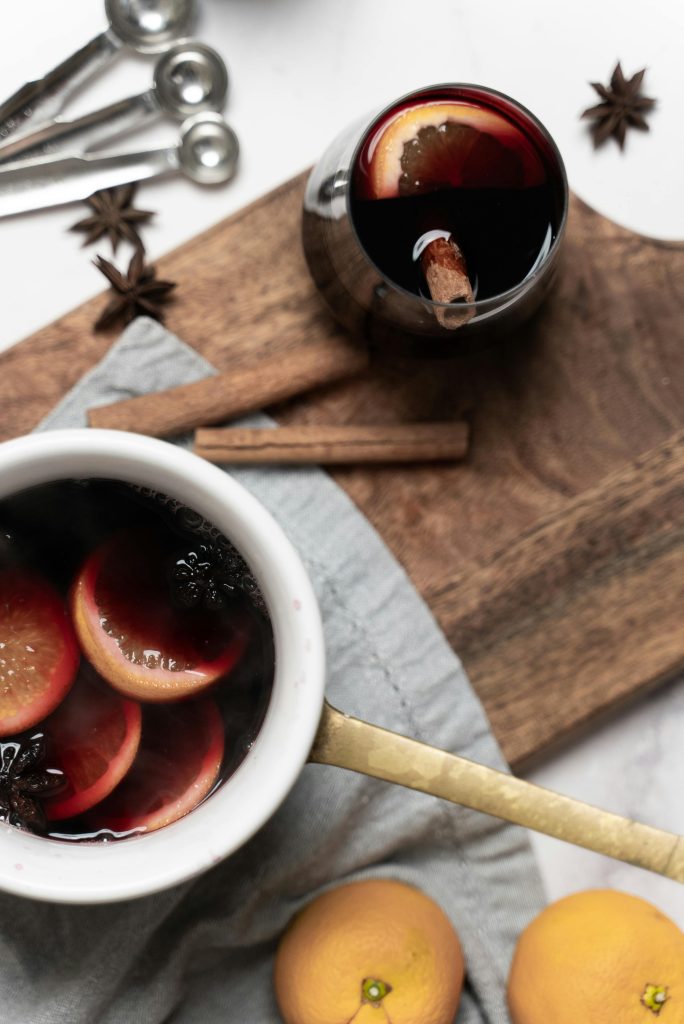
Does Heating Wine Make it “Go Bad”?
Here’s a question a lot of people have: If heat can spoil wine, why doesn’t mulled wine taste spoiled? The answer is all about control. When you heat wine for mulled wine, you’re not boiling it. Boiling would destroy the delicate balance of flavors, cause the alcohol to evaporate too quickly, and leave you with something more like a syrup than a drink.
Instead, mulled wine is heated gently, keeping it well below the boiling point. This gentle heating preserves the wine’s structure while allowing the flavors of the spices to infuse. You also don’t want to heat the wine for too long—once the spices have released their flavors, it’s best to take the pot off the heat to avoid overcooking the wine.
How Long Should You Heat Mulled Wine?
The key to perfect mulled wine is in the timing. You want to give the spices enough time to infuse their flavors, but not so much time that the wine starts to lose its own character. Typically, 20 to 30 minutes on a low simmer is enough to meld everything together.
Once it’s heated through, serve it up and enjoy. And if you have leftovers, don’t worry—mulled wine can be warmed up again the next day. Just make sure to store it in a sealed container in the fridge and warm it gently when you’re ready for round two.
Wrapping It Up: The Perfect Mulled Wine
Mulled wine isn’t just about throwing some wine and spices in a pot. There’s a delicate balance of science and art that goes into creating this comforting winter drink. The heat transforms the wine, softening its tannins and releasing aromas you wouldn’t otherwise get. The spices, each with their own unique compounds, infuse into the wine, creating layers of flavor that dance on your tongue. And with just the right amount of time and care, you end up with a drink that’s perfect for warming you up on a cold winter night.
Next time you sip a mug of mulled wine, take a moment to appreciate the science at play. Because while it might seem simple, there’s a lot going on beneath the surface—and that’s what makes it taste so darn good.
